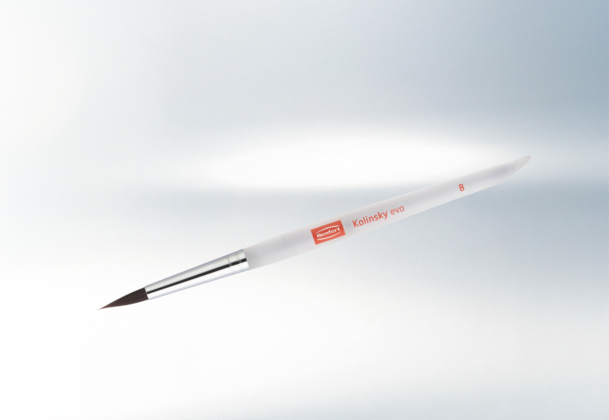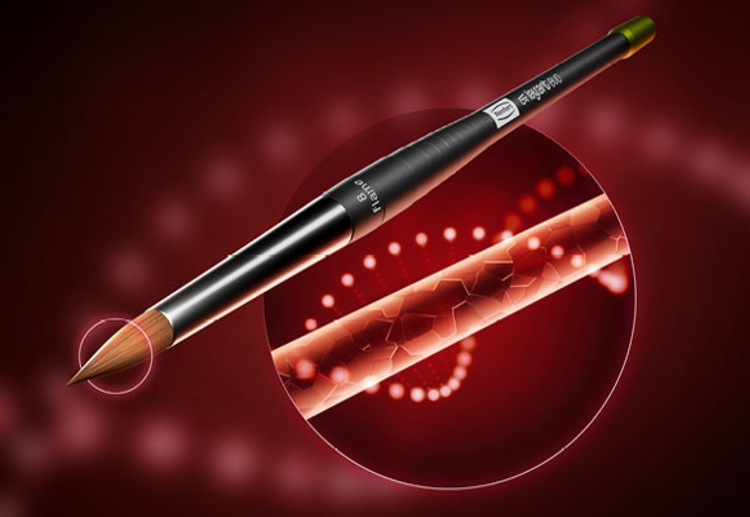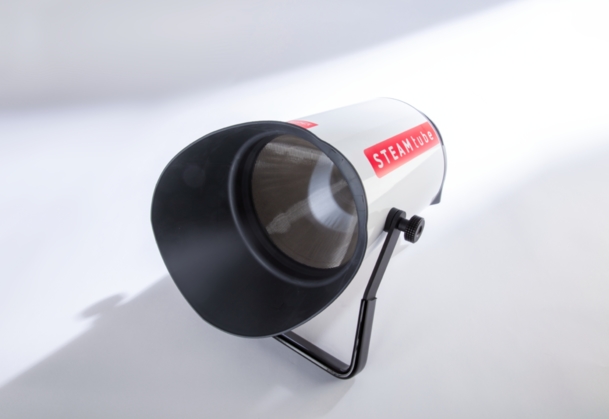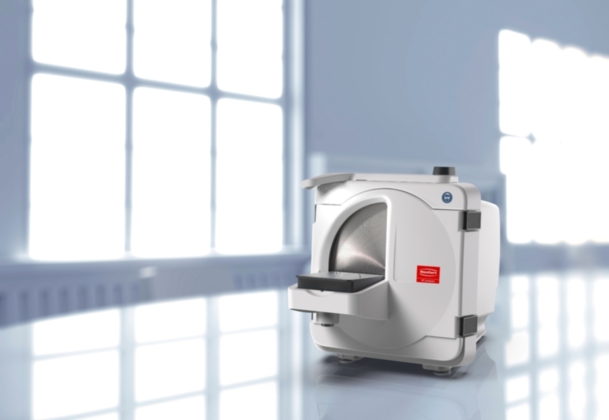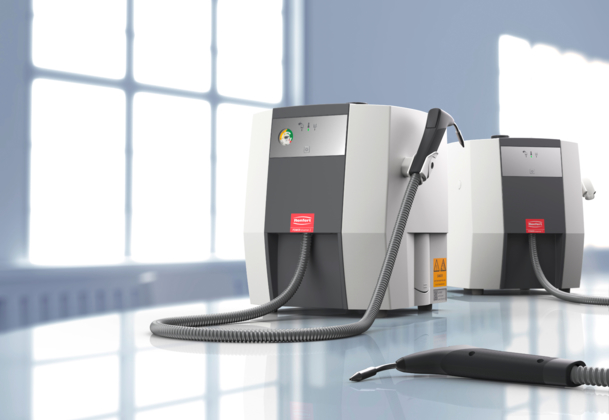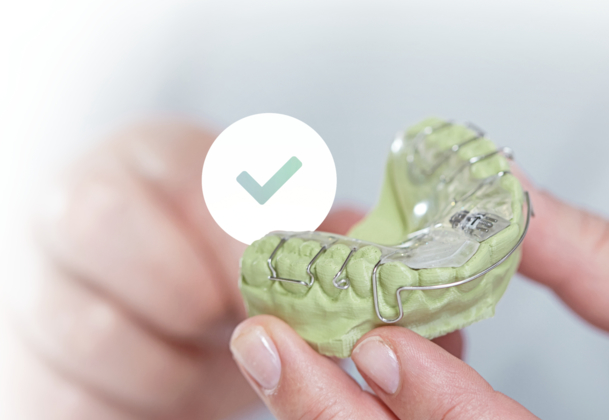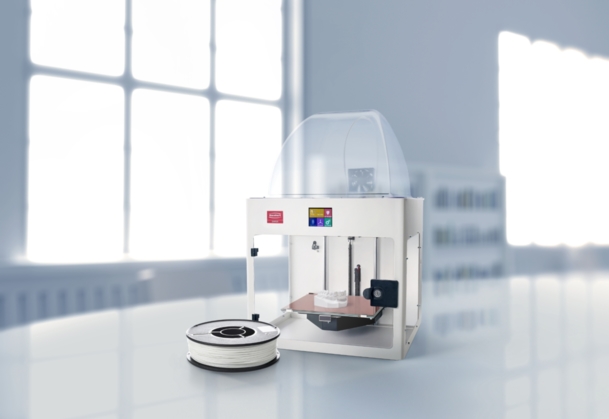03.05.2024 - 04.05.2024
Zahntechnik plus
Leipzig, Germany
03.05.2024 - 06.05.2024
AAO
New Orleans, USA
16.05.2024 - 18.05.2024
Expodental Rimini
Rimini, Italy
17.05.2024 - 18.05.2024
DTS 2024
Birmingham, United Kingdom
17.05.2024 - 17.05.2024
Lab Day West
Garden Grove, USA
22.05.2024 - 25.05.2024
Dentex Algiers
Algiers, Algeria
30.05.2024 - 01.06.2024
Jahrestagung der Arbeitsgemeinschaft Dentale Technologie
Nürtingen, Germany
06.06.2024 - 09.06.2024
Dental Expo El Jadida
El Jadida, Morocco
06.06.2024 - 08.06.2024
Dentex
Zagreb, Croatia
07.06.2024 - 08.06.2024
FDLA
Orlando, USA
{- subtitle -}
{- title -}
{- text -}
{- title -}
{- text -}
23.02.2024
Kolinsky evo: O mestre de desempenho entre os pincéis para cerâmica agora também de pelo biônico Bionic Hair
09.11.2023
Easyclean TEC: Top Cleaning Performance – Top Design
25.09.2023
lay:art evo: O novo pincel premium com pelo biônico
04.09.2023
STEAM tube – a caixa inteligente de vaporização da Renfert
03.07.2023
POWER steamer – jateador de vapor estabelece novos padrões em termos de confiabilidade
07.03.2023
Renfert introduz um isolante de modelo específico para modelos impressos
07.03.2023
A Renfert estabelece altos padrões com o poderoso sistema de aspiração para unidades CAM
07.03.2023
A Renfert lança equipamento de limpeza ultrassônica com características inteligentes e conforme ao Regulamento de Dispositivos Médicos (MDR)
07.03.2023
A Renfert lança recortador de alto desempenho com características práticas
07.03.2023
A Renfert impressiona com o spray de fosqueamento 3D extra fino
{- subtitle -}
{- title -}
{- text -}
{- title -}
{- text -}
